Nice
Enjoy Nice, with its beautiful beaches, cozy town center with restaurants and terraces.
Beautiful local sights and attractions
Discover a selection of the most beautiful places and attractions in Nice
History
Nice was probably founded in 350 BC, by Greeks of what is nowadays Marseille, who called the city Nicaea. In the 7th century, Nice joined the Genoese ...
Read MoreClimate
Nice has a Mediterranean climate, with the following average temperatures per month: January 10 February 10 March 12 April 14 May 17 June 21 Ju...
Read More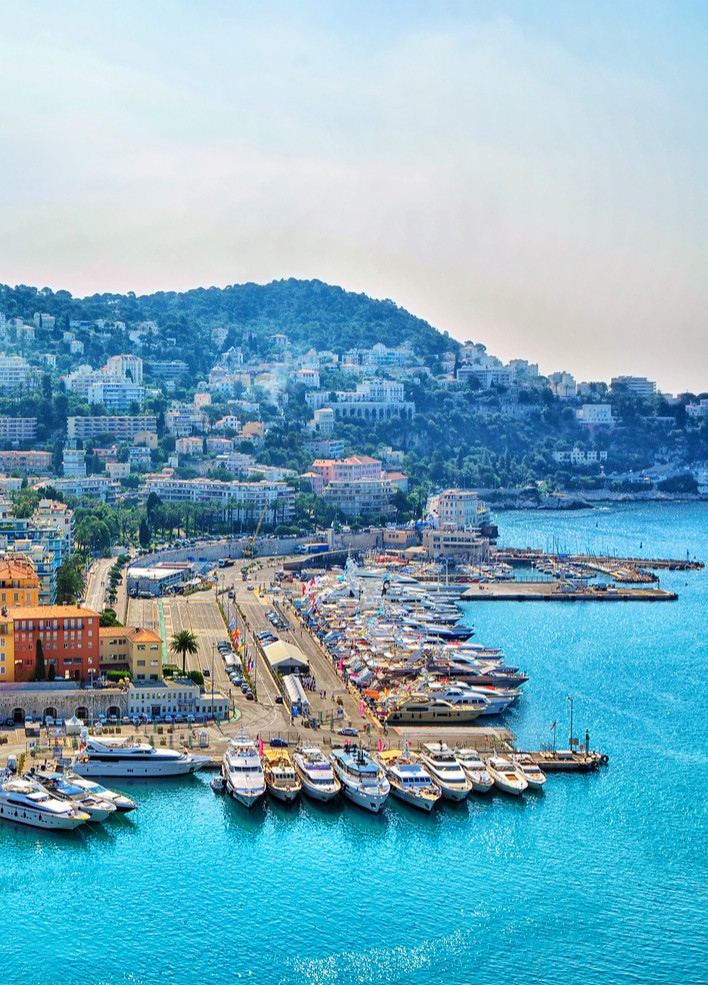
WONDERFUL NICE!
With its wonderful sunny climate all year through, the beautiful blue waters of Baie des Anges, its soft daylight that has attracted artists for years, its white sand beaches and promenade for strolling, Nice is a favourite place for holidaymakers to visit and return to time and time again.... Nice is the fifth largest city in France and capital of the Alpes-Maritime Department with a population of one million residents. The city is tucked in the south-eastern corner of France at the foot of the Alps and just 13 kilometres west of the principality of Monaco. It is surprisingly close to northern Italy too. Nice is elegant, sunny, iconic and fun which is why it is visited by four million people each year. Interestingly, it was little known until the late 18th century. It was founded in 350 BC by the Greeks from Marseille who established a community there which they called 'Nikaia' after Nike, the goddess of victory. They chose the spot because it had a good natural port and good trade routes could be established. Throughout the centuries that followed, Nice swapped between French and Italian rule but became firmly French in 1860. It was later in the 19th century that Nice was discovered by the English aristocracy who particularly loved its mild winter climate and many built mansions overlooking the Baie des Anges. A huge sweeping promenade following the coastline was built and was promptly named La Promenade des Anglais – the Promenade of the English and today it is as popular as ever for a leisurely stroll at any given time of the day or evening. In 1930, Nice hosted its first car rally – Formula Libre – which was the forerunner of the Formula One. Early during World War II it became the city for refugees from many countries.
Beaches
Later when the Germans controlled much of France, Nice was defended by the Italians but when they surrendered in 1943 and the Germans controlled Nice until it was liberated by American paratroopers on 30 August 1944. Today, Nice is the city with the second highest number of hotels in France including such famous ones as the Negresco on the Promenade des Anglais and many smaller family run ones in the back streets. There is a wide variety of self-catering accommodations too including villas and holiday homes. As well as being a premier holiday destination, Nice is also a science and tech hub and has a sizeable Palais de Congres that hosts conferences and conventions throughout the year. There are many cultural events beginning with La Bataille des Fleurs (The Battle of the Flowers) each February. There are a number of Music Festivals and the popular PromPartiy in July and August. Events continue right into the winter when Christmas is a special time in Nice with the Christmas Market. There is plenty to do in Nice and this includes enjoying its lovely private and public beaches, with their azure blue water. The Castel Plage (which is situated close to the Promenade des Anglais) is considered to be the best beach as it has beautiful fine white sand. Sun loungers and sun umbrellas are available and there is a fun little restaurant at the back of the beach for those who do not want to lose any sunbathing time! Nice is best explored on foot and a good starting point is the Colline du Chateau (Castle Hill) which stands 93 metres above sea level. It is the highest point in the city and the views of the Bay of Nice and the Mediterranean are impressive.
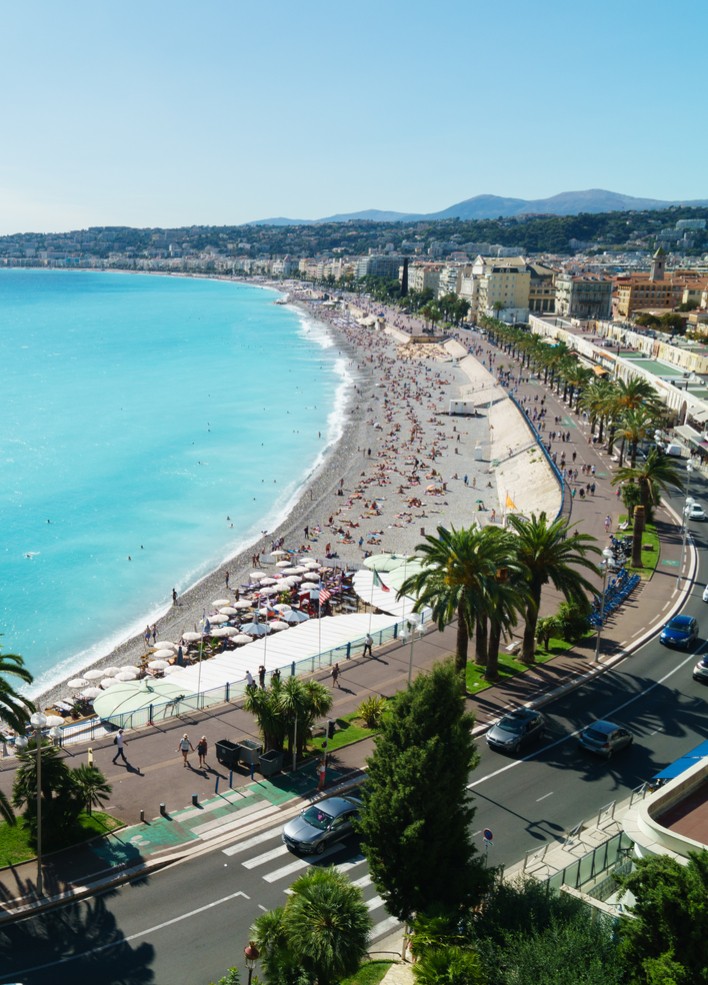
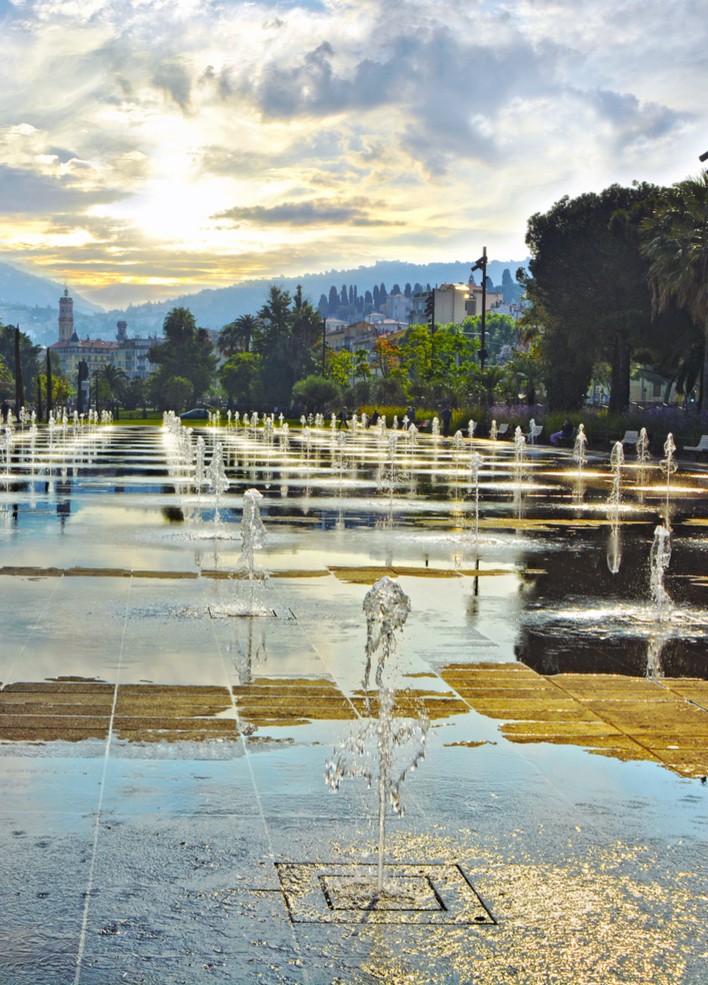
Gardens
The Castle used to defend the city but was destroyed by Louis XIV – the 'Sun King'. The castle gardens are the finest in the city and perfect for a wander. Palais lascaris (Lascaris Palace) is an interesting place to visit with beautiful architecture and surprising interior decoration. It contains countless different musical instruments and surprisingly, has free admission. Situated in the old part of the city – La Vielle Ville – is Nice Cathedral which does look rather ordinary from the outside, but don't let this deter you because on the inside it is stunningly beautiful with lots of intricate decorations and lavish use of gold leaf and gilding. It is still a very active Cathedral and it is well worth looking at the noticeboard for service times. There are other lovely gardens in the city to relax in and these include Chambrun Park and Espace Masseria Nice. At the eastern end of the city is Parc du Mont Boron. A climb to the summit gives a splendid panoramic vista and for the energetic there is Mont Alban to climb as well, where there is an old military fort on the top. Parc du Mont Boron is perfect for those who enjoy walking as there is a variety of different nature trails to follow, with the shortest being a one-hour duration. Parc Phoenix is well worth a visit too as it contains the largest greenhouses in Europe which alone is impressive! The exhibits are divided into areas with different plants, flowers and trees in each, plus some iguanas, turtles, otters and elegant pink flamingos. Nice is best explored on foot and for those who enjoy art and culture there are museums and exhibitions to enjoy with much of the art by painters who loved Nice such as Matisse, Arman and Chagall.
Lovely streets
Marc Chagall (1887-1985) was a French/Russian painter and the best-known Jewish painter in the 20th century, famous for his huge modernist canvases. Amusingly, when the museum was created, it was he who decided exactly where each of his works should be exhibited in the museum! It is fun to sit at an outside table of one of the street cafés and just soak up the atmosphere and to listen to the Nicois chatting as they have their own distinctive dialect! Walking around the city there are lovely streets of ochre-coloured buildings and some impressive Baroque buildings as well as a rich variety of other styles as there have been plenty of outside influences. Place Messena is one of the main squares, surrounded by beautiful buildings and full of hustle and bustle. It has lovely gardens and impressive fountains and is the perfect place to rest with a glass of wine. Not far away is Avenue Jean Médecin which has all the designer shops, but there are many others streets with numerous interesting little shops that are perfect to find souvenirs. Trying out some of the local dishes is always part of the fun of being on holiday and Nice certainly has a number for you to taste including Pissladieres which are tasty pies filled with anchovy, onion and olives and delicious vegetable and tuna sandwiches called Pan Bagnat. The classic Salade Nicoise needs no introduction and nor does the vegetable dish Ratatouille, made from local tomatoes, courgettes and aubergines (eggplants). Olive oil is a key ingredient in the local cookery and so are the locally grown olives – cailettes – both are good items to take home and are widely available. Each area of the city – known as quartier- has its own morning market which is the perfect place to buy fresh fruit, vegetables, charcuterie and fresh fish.
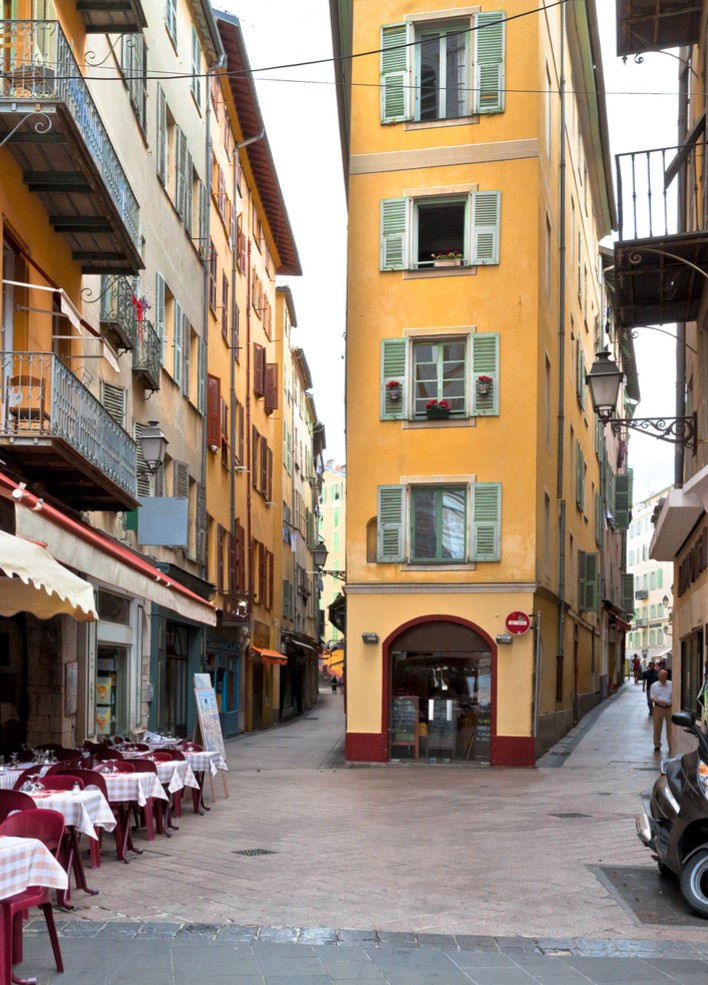
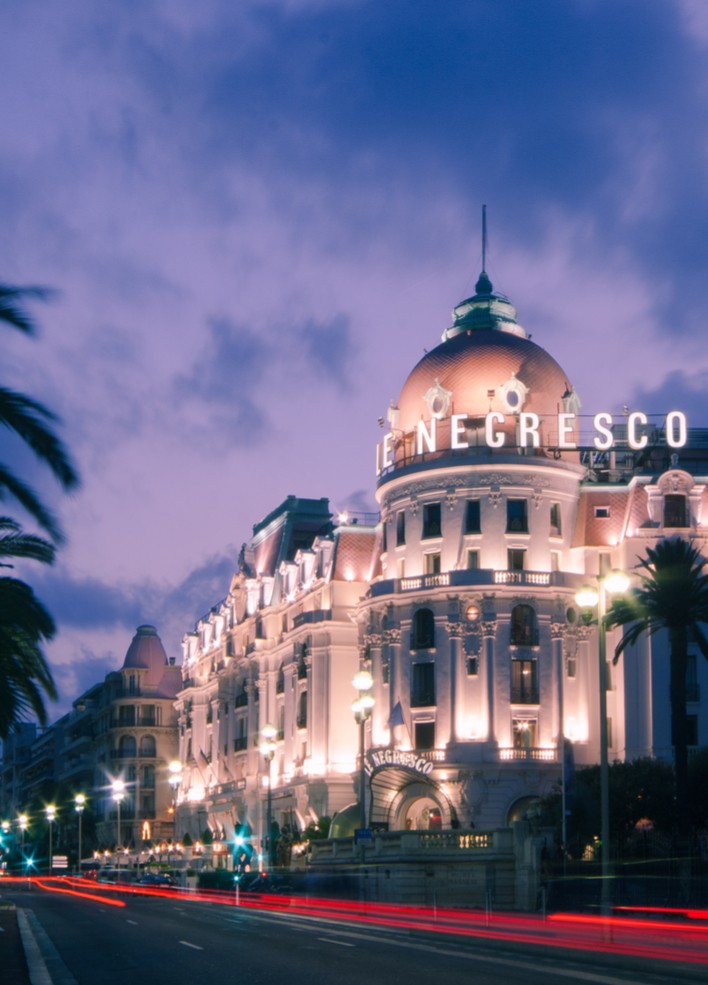
The Negresco hotel
The central flower market is especially lovely and as well as all the seasonal flowers there are stalls selling fresh fruit and vegetables too. Nice has a wealth of restaurants and many are found on the Promenade des Anglais. One of these is Le Mesclun with its large panoramic windows overlooking the promenade. There is a wonderful array of Provençal dishes on the menu with seared butter scallops being the most popular. The Hotel Negresco is the grandest hotel on the promenade and has a popular brasserie called La Rotonde. There are regular Jazz and Latino bands for evening entertainment and the hotel's signature cocktail – Royal Negresco- made with Champagne, Kirsch and raspberry juice can be enjoyed in the hotel's dramatically decorated bar. Place Rossetti in the old town is a popular meeting place with the Nicois as there is a colourful array of restaurants with tables spilling out onto the square. There are plenty of lovely little restaurants to be discovered in side streets as well and one is Badaboom in the Rue Francois Guisol which specialises in vegetarian and gluten free cuisine. Another hidden treasure is Pexier which is close to the Opera House and is a really excellent fish restaurant with Sea Bream, Scallops, Salmon etc on the menu – all cooked in contemporary sauces that are good for the taste buds! There is plenty of good evening entertainment to enjoy in Nice too. One of the city's newest wine bars is L'Autre Part in Rue Lascaris. It has an impressive wine list including French biodynamic and artisan wines. There are delicious platters of pâté and saucisson (sausages), goats’ cheese and olives that can be ordered to accompany your drinks.
Live music
There are night clubs and live music bars to be found by diving down the various back streets. There are two great music clubs next to each other with Le Shapko for Jazz and R&B and Ooh Roo Pah Doo next door which is perfect for 1960s aficionados! Both places don't get going till late so plan a late breakfast for the morning after!! The Opera House in the Old Town has a comprehensive programme of ballet, opera and drama performances and is such a wonderful place to visit as it is old and very grand with dark red upholstered seats to sink into! For those who love classical music, the Conservatoire de Nice has a wide range of classical and experimental music performances both with orchestras and soloists. The Conservatoire is situated in the Cimiez district and an added incentive for making the journey is that most performances have free admission. For those who prefer a quieter pace of life, Nice is perfect for an evening stroll as so many of its monuments, like the Cathedral and the fountains in Place Masseria, are floodlit and look truly beautiful. Needless to say, a stroll along the Promenade des Anglais is a very fitting end to a perfect day in Nice....
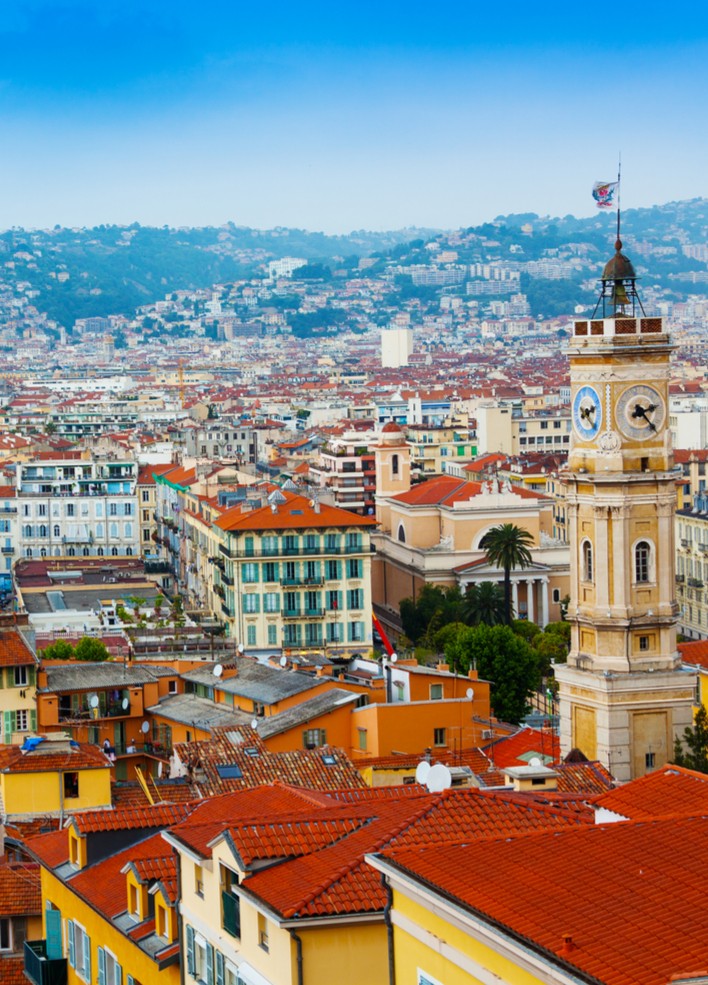
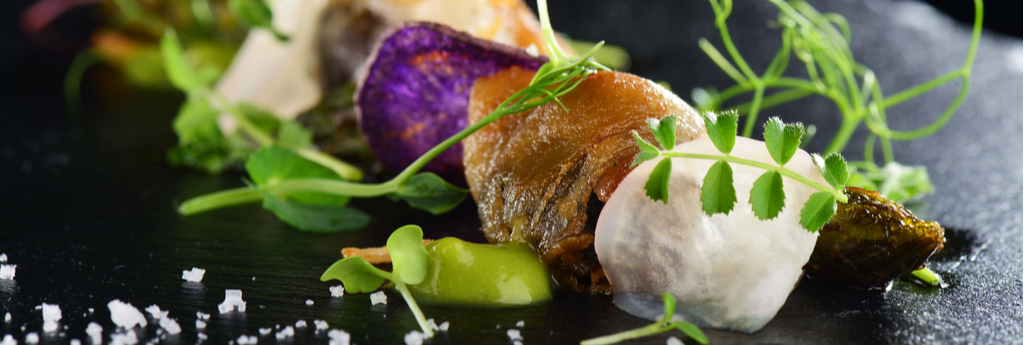


 EN
EN  NL
NL
 DE
DE
 FR
FR
